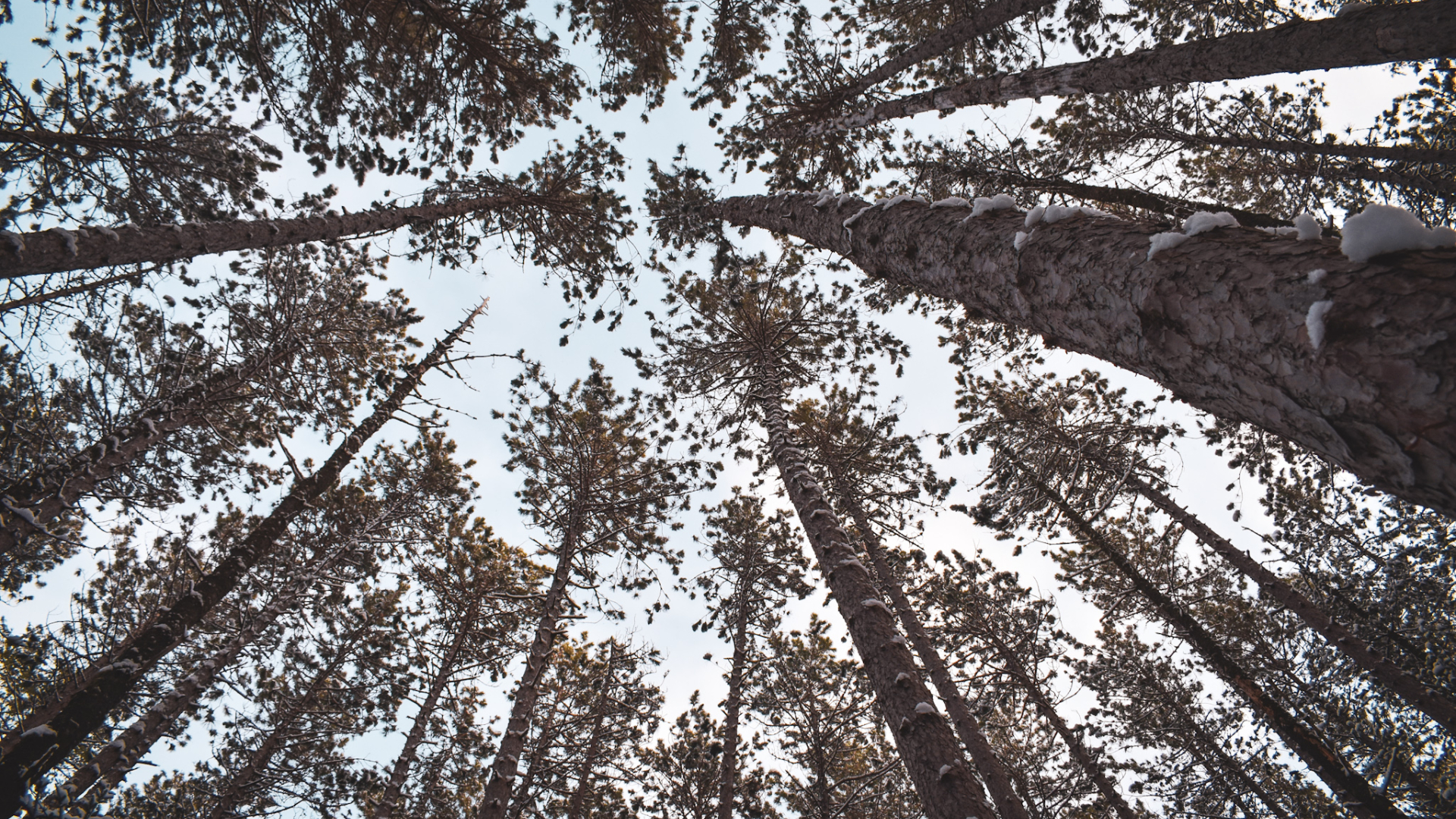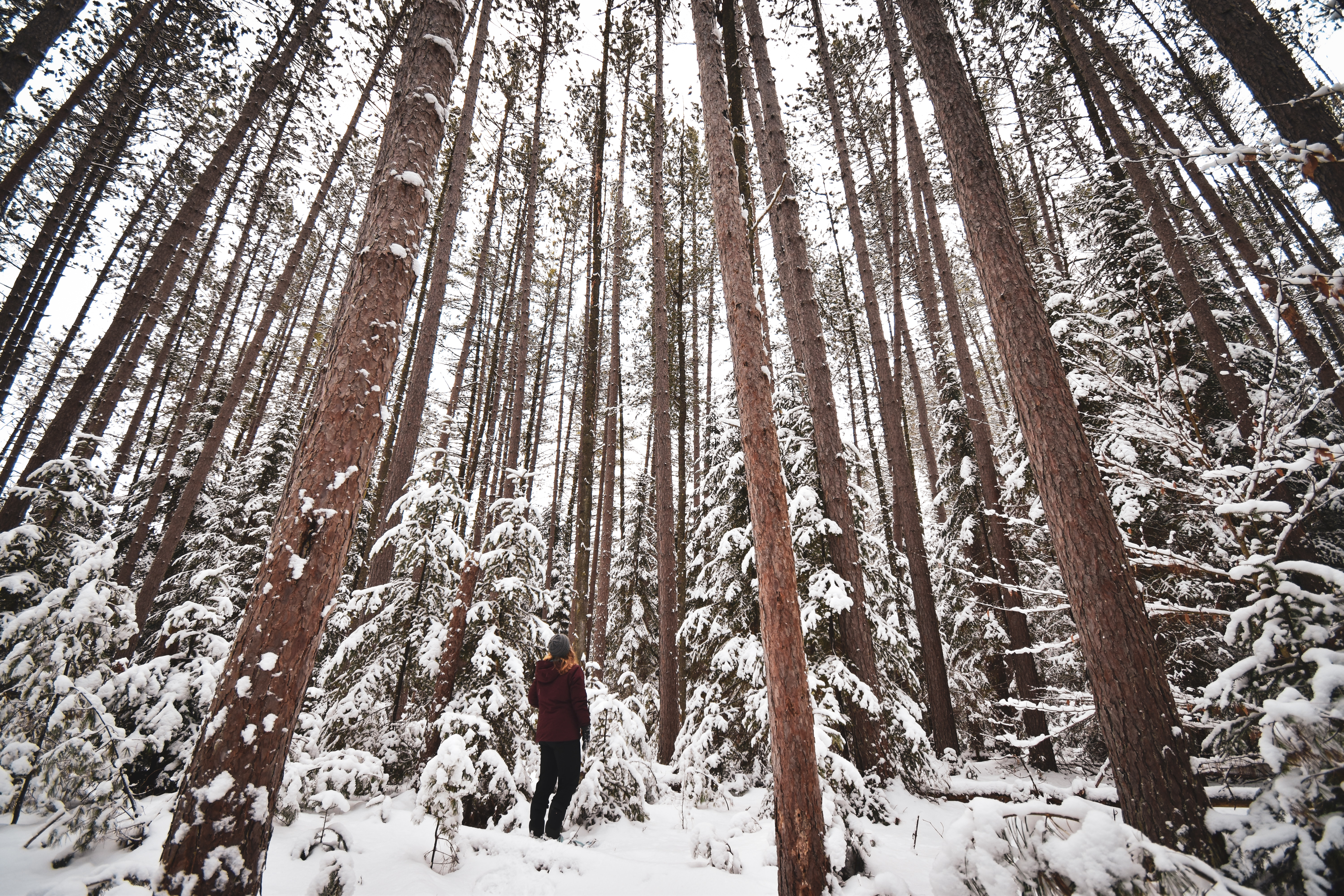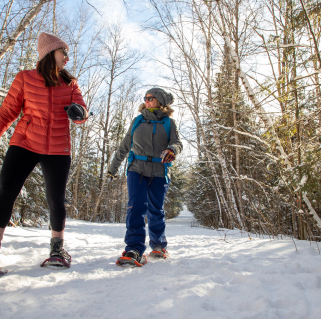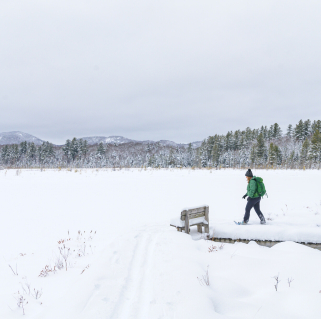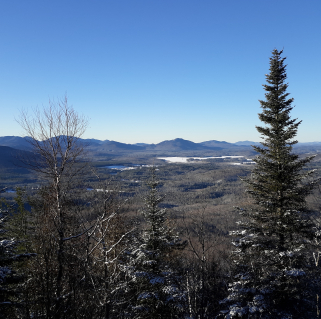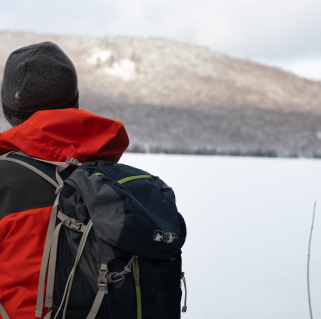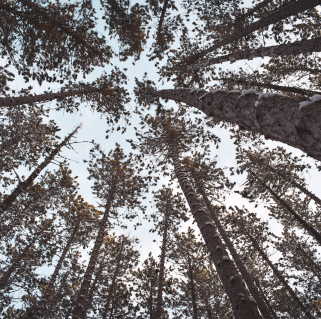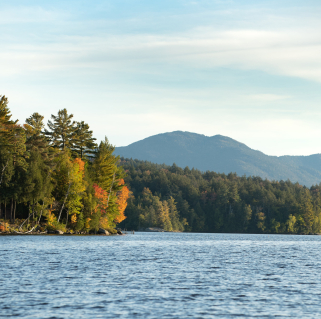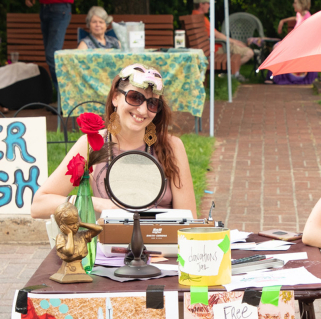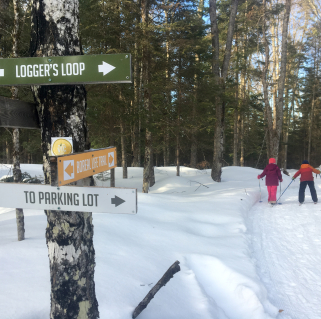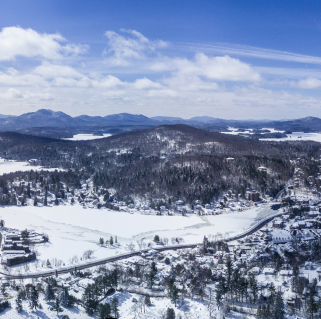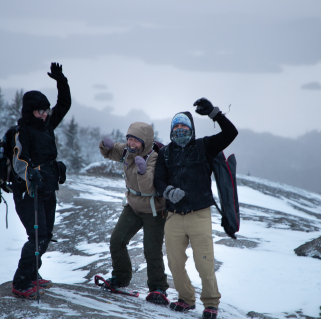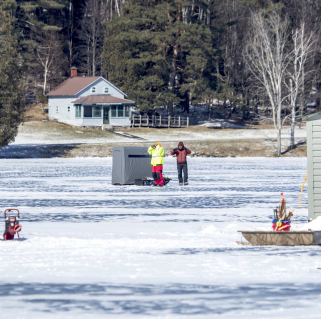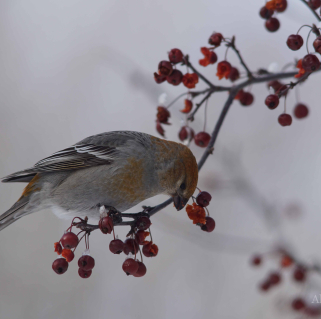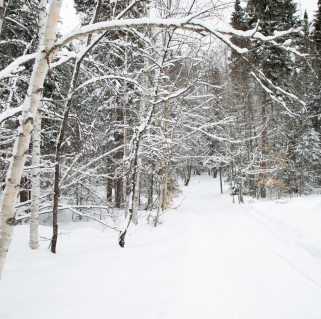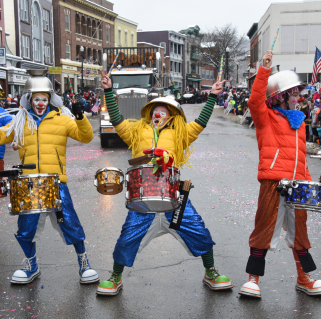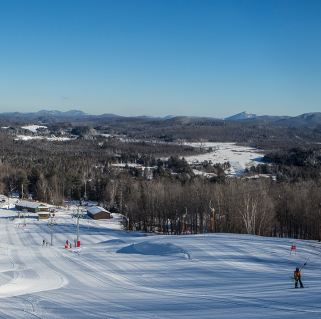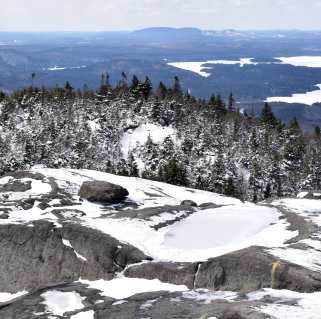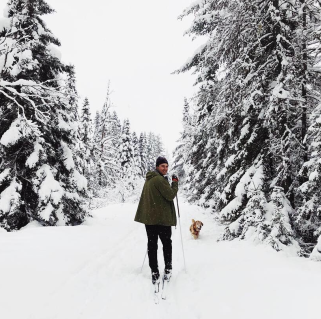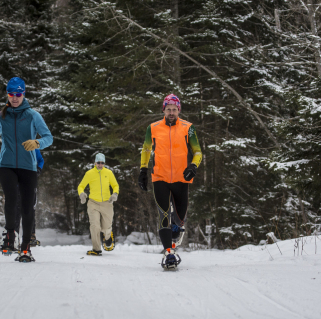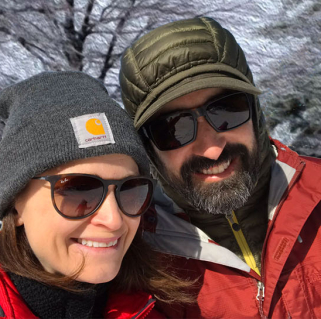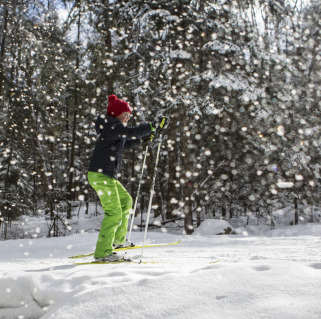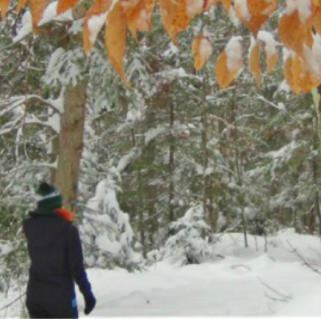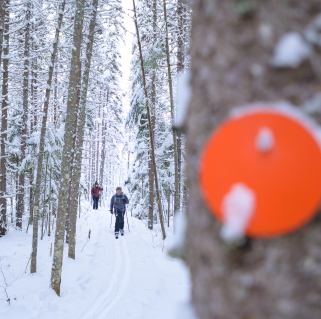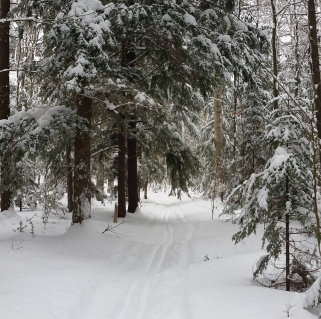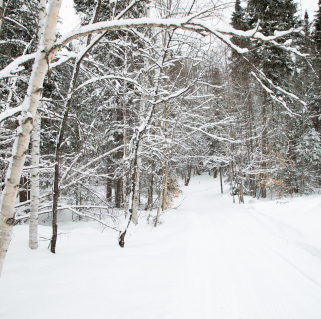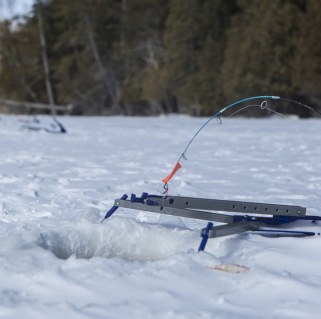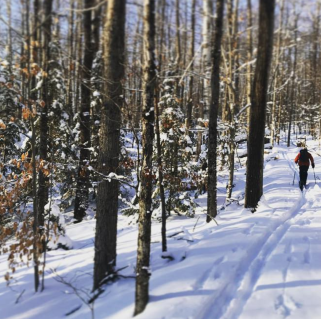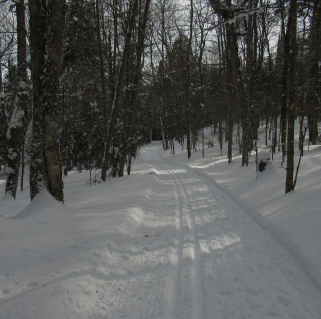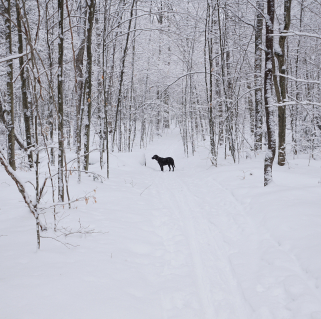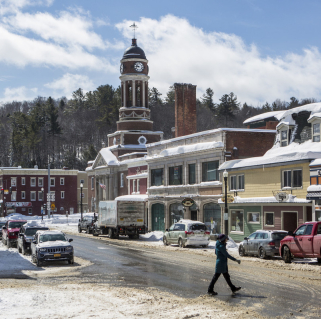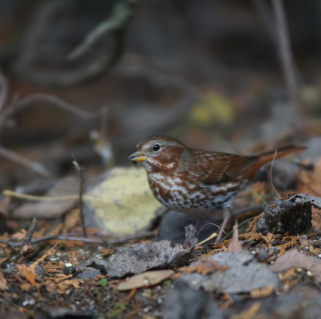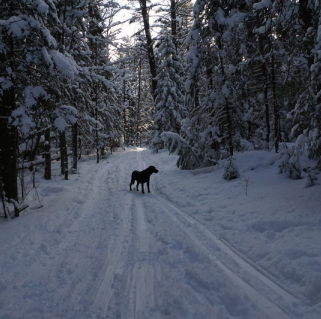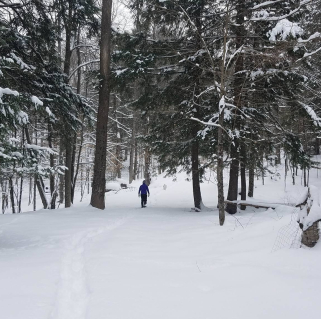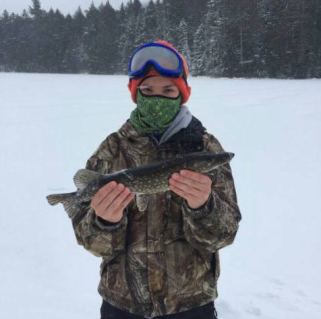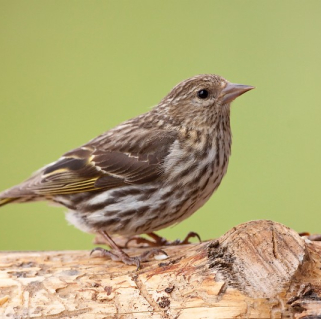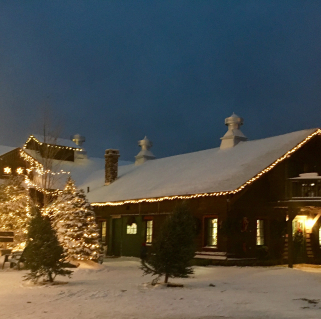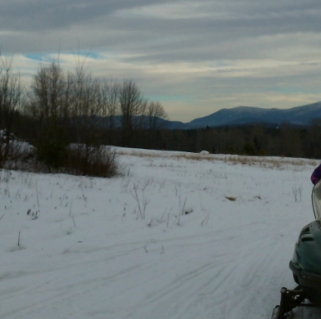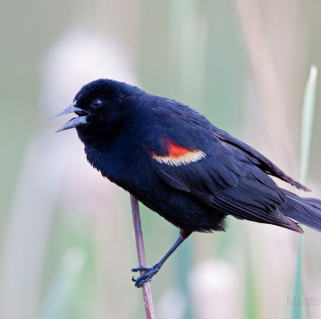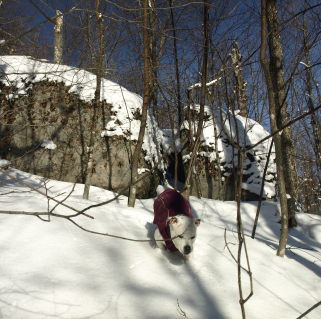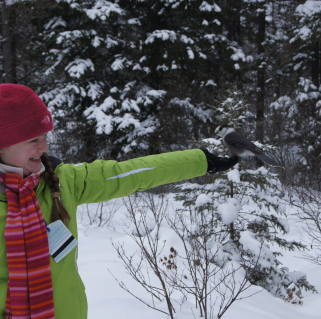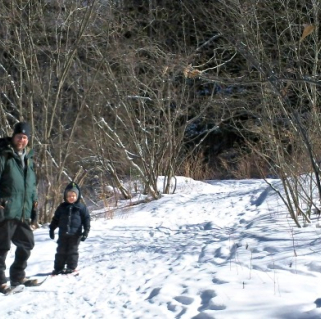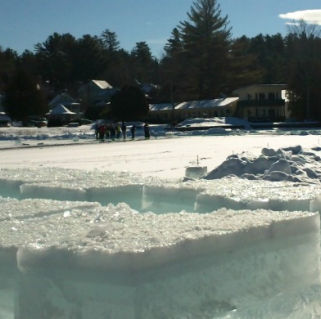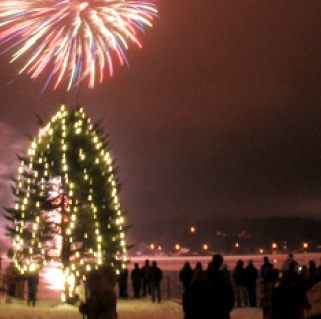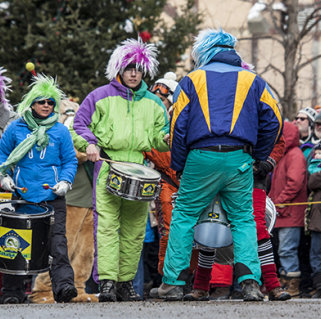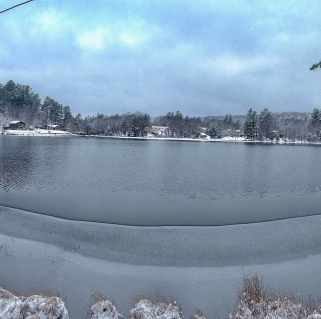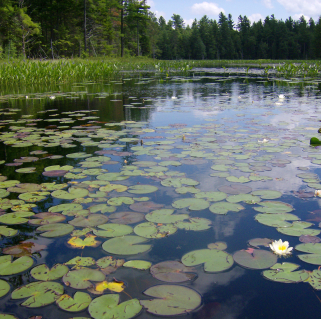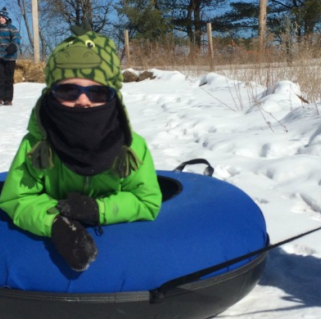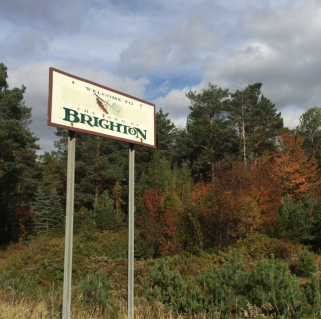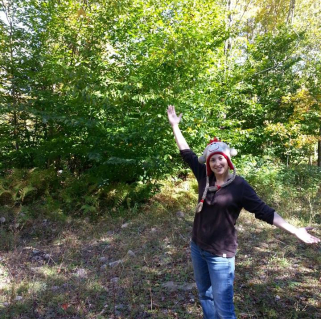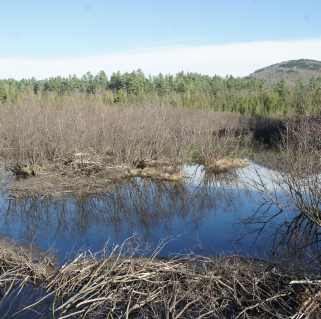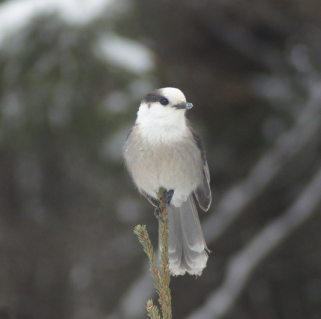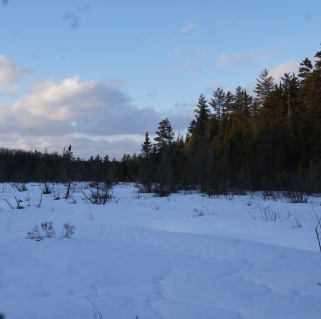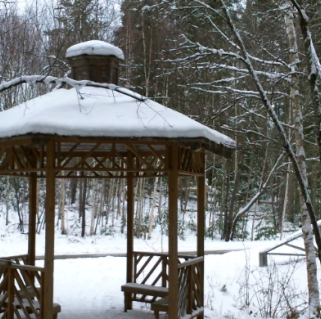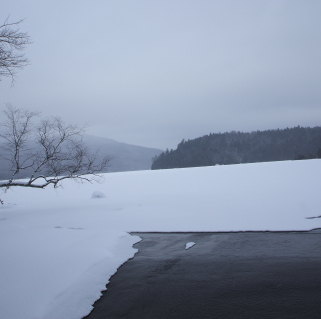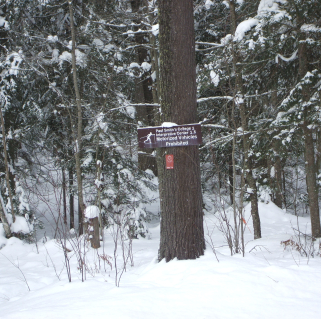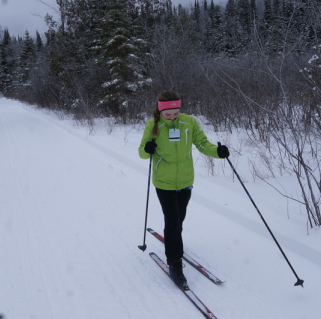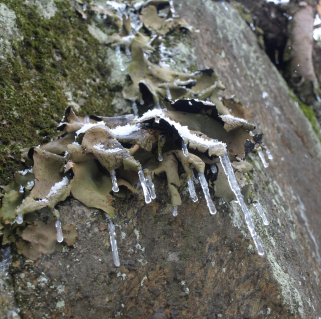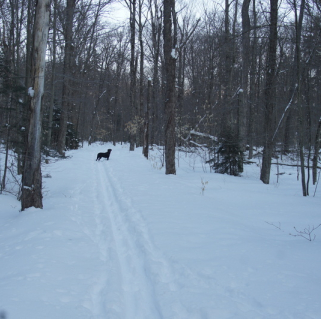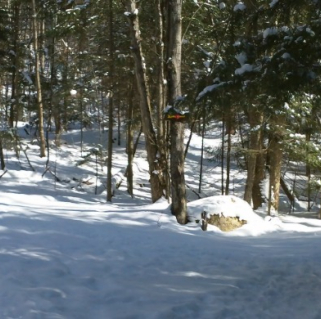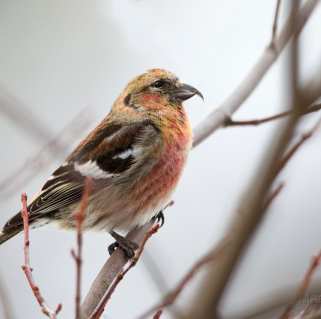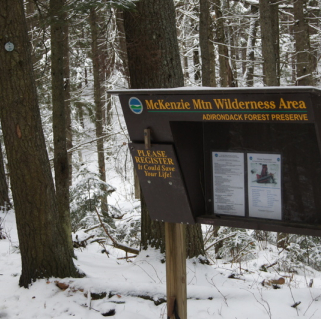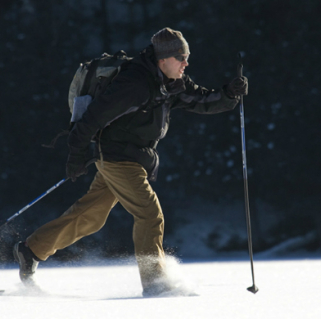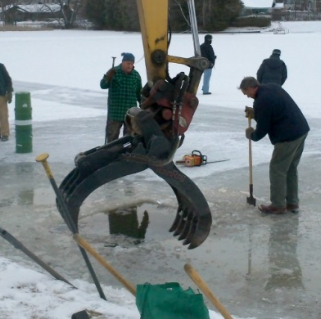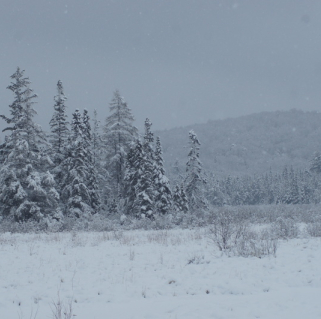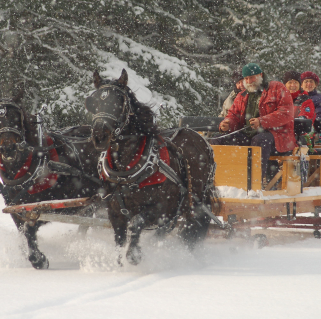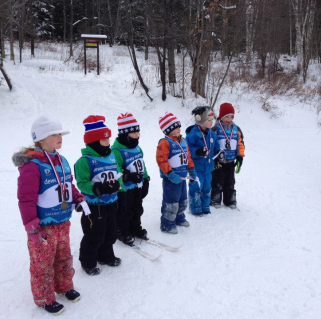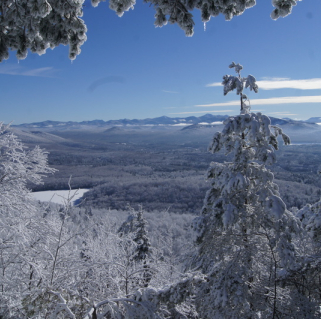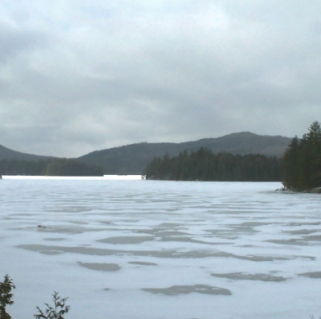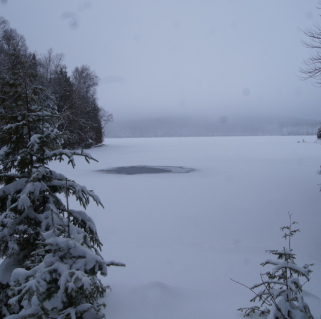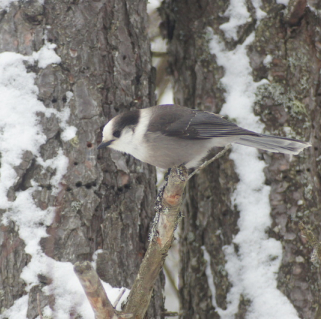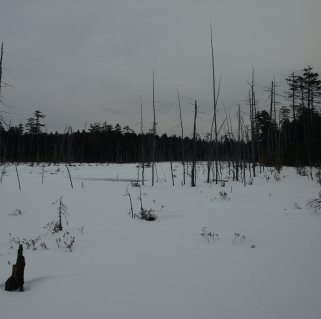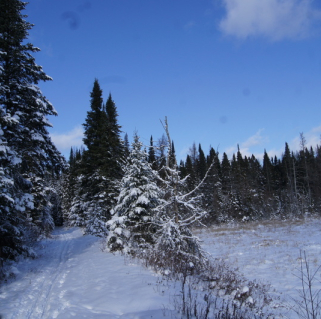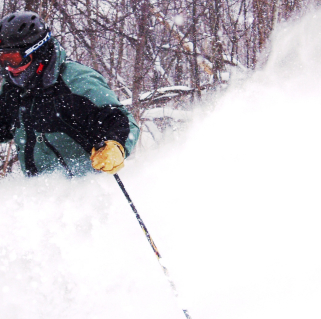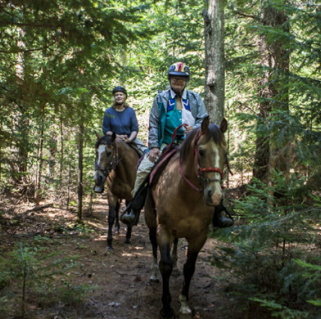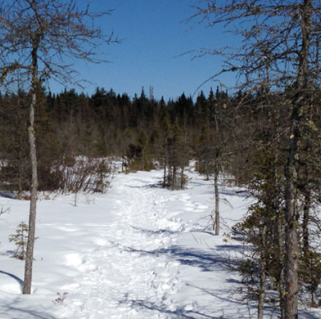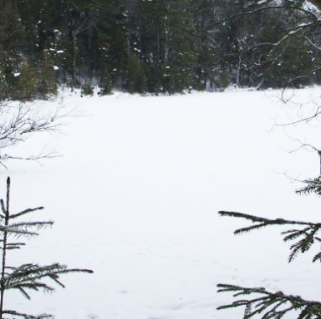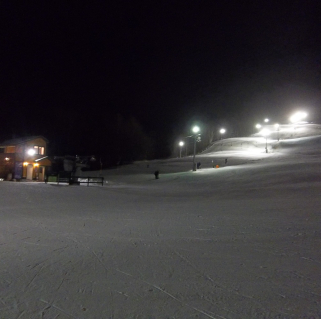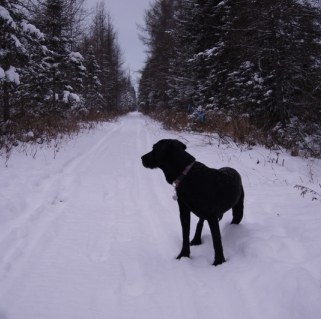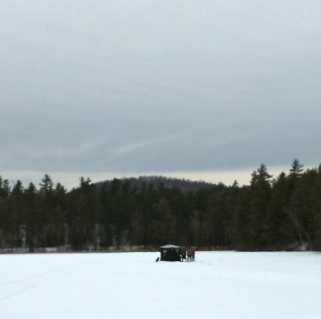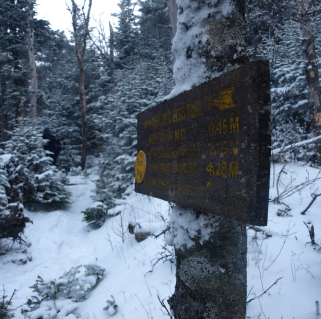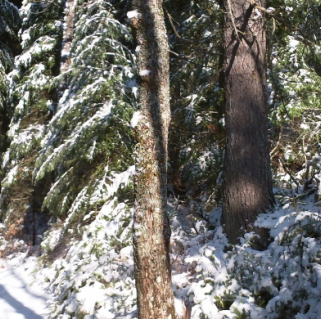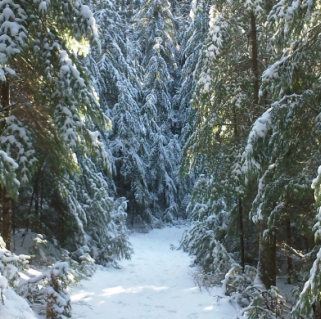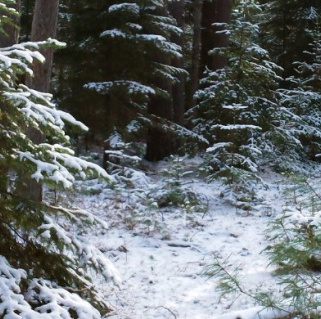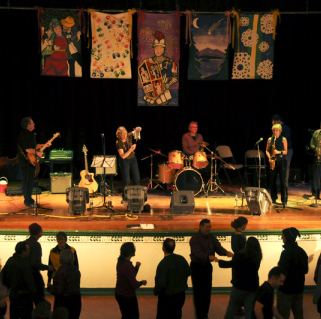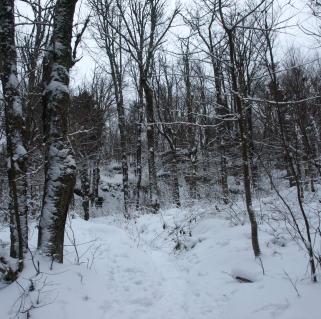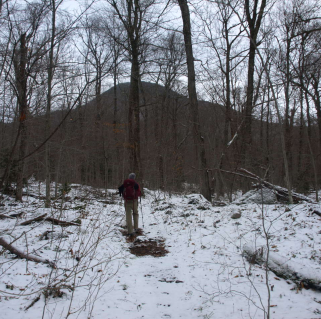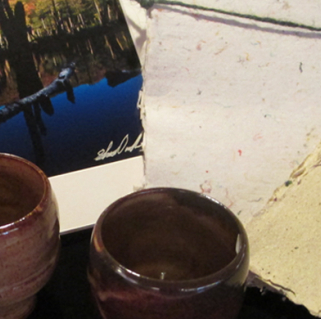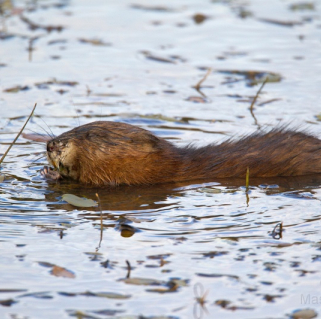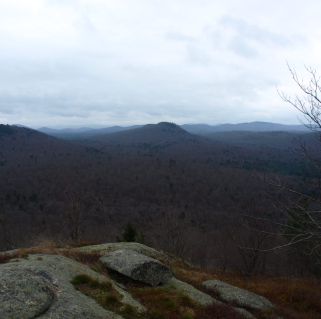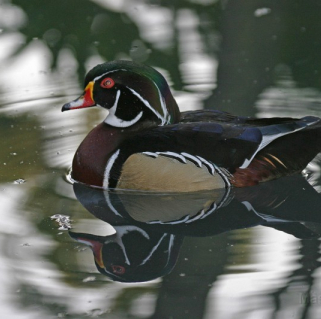Janelle Jones
January 10, 2020
The healing qualities of nature are no mystery to the Adirondacks, especially in Saranac Lake. From 1873 to the mid-1900s, Saranac Lake was a world-renowned hub for tuberculosis treatment. Until 1944 when a drug treatment was developed, patients were prescribed time outdoors, as much time as possible, to regain their health in the fresh mountain air.
Today, tuberculosis treatment is less of a draw to our town, but nature may still be just what the doctor ordered.
Adirondack Riverwalking & Forest Bathing has been offering residents and visitors alike an opportunity to connect with nature since 2016. Blending together wellness, mindfulness, and nature therapy, the guides at Adirondack Riverwalking & Forest Bathing are here to shepherd you on your journey to a newfound connection to the natural world and help heal the stress of our often busy, plugged-in lives. When the rivers used for their signature Riverwalking experience are too cold or frozen, the guides take to the forest on snowshoes, where you can participate in winter forest bathing.

But what is forest bathing?
Forest bathing is essentially what it sounds like: immersing yourself in the forest environment. Born from the Japanese physiological and psychological exercise shinrin-yoku (“taking in the forest atmosphere”), forest bathing is a form of ecotherapy. For the better part of three decades, researchers around the world have been studying the physiological benefits of forest bathing. It’s well known that spending time in nature is inherently good for us, but this activity is more than a hike or naturalist walk. Similar to meditation, in forest bathing you have an opportunity to relax and recharge while opening your senses to the forest around you. It's not a form of exercise; there's no hiking or jogging with a set goal. Forest bathing is simply time to be in nature and connect with it through your senses.
So, no, bathing suits are not required; the bathing is purely metaphorical.
When I met our forest bathing guide, Helene Gibbens, she clued me in on some forest bathing history and facts: researchers have found that forest walks can lower heart rate significantly, something that cannot usually be said of our increasingly technology-dependent lives. We also know that forest bathing and spending time outdoors can help lower blood pressure, reduce certain stress hormones, and increase white blood cell counts. Sounds good, right?
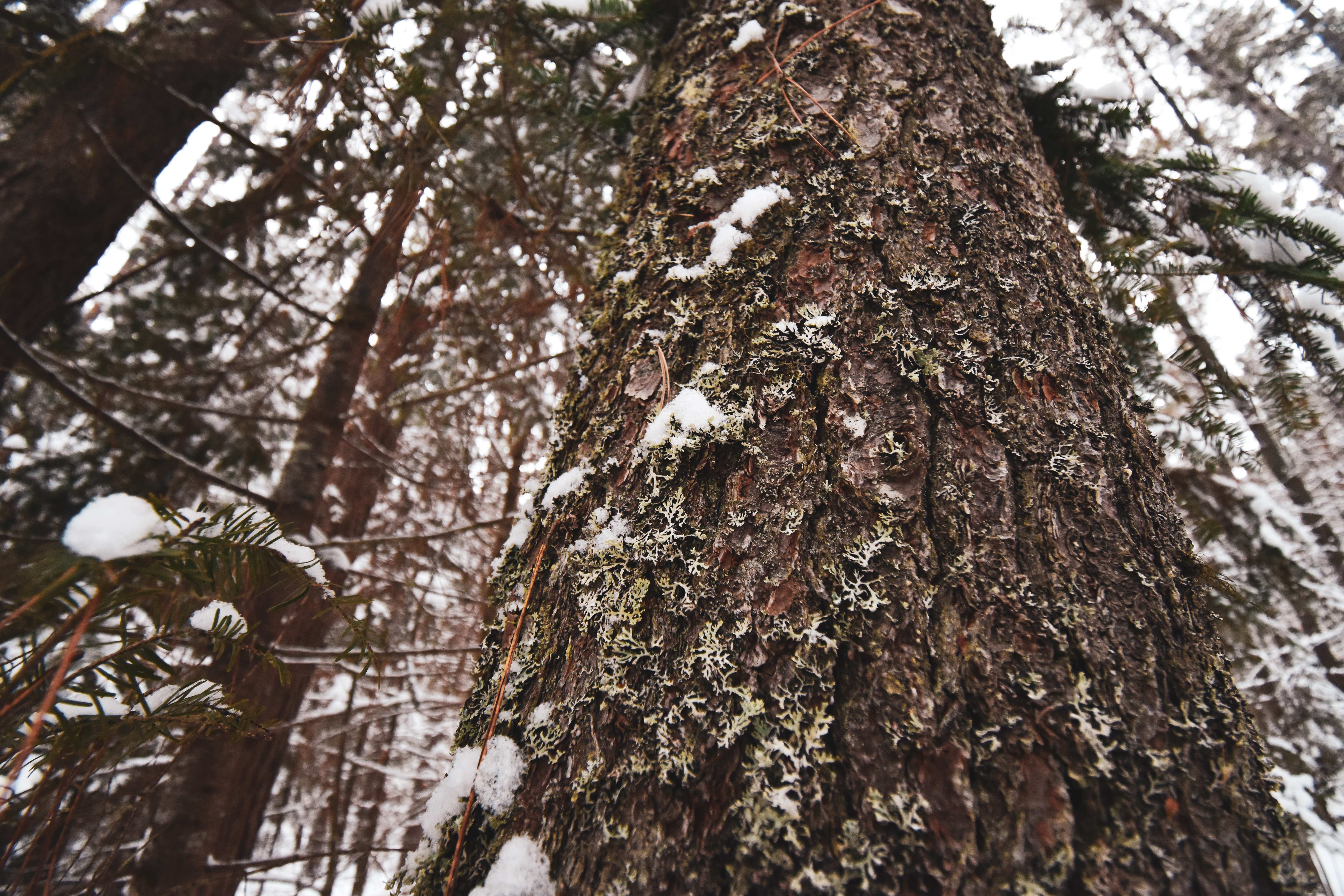
More than a walk
We’ve all been outside, but have you stopped to really take in your surroundings lately? Have you watched the wind dance with the remaining beech leaves? Or listened to the melting snow drip to the ground? Or felt the varying textures of different tree barks?
Even though forest bathing has been around for decades, it’s still relatively new in the United States. Dewey Mountain, just a mile from downtown Saranac Lake, seems like an odd place to connect with pure nature since the maintained trails that wind through the property beckon exuberant recreationalists all year long. But, within the trees, we found some peace and quiet and were able to fully immerse ourselves in the forest. One comment from a participant indicated that he was pleasantly surprised at how little human noise we heard.
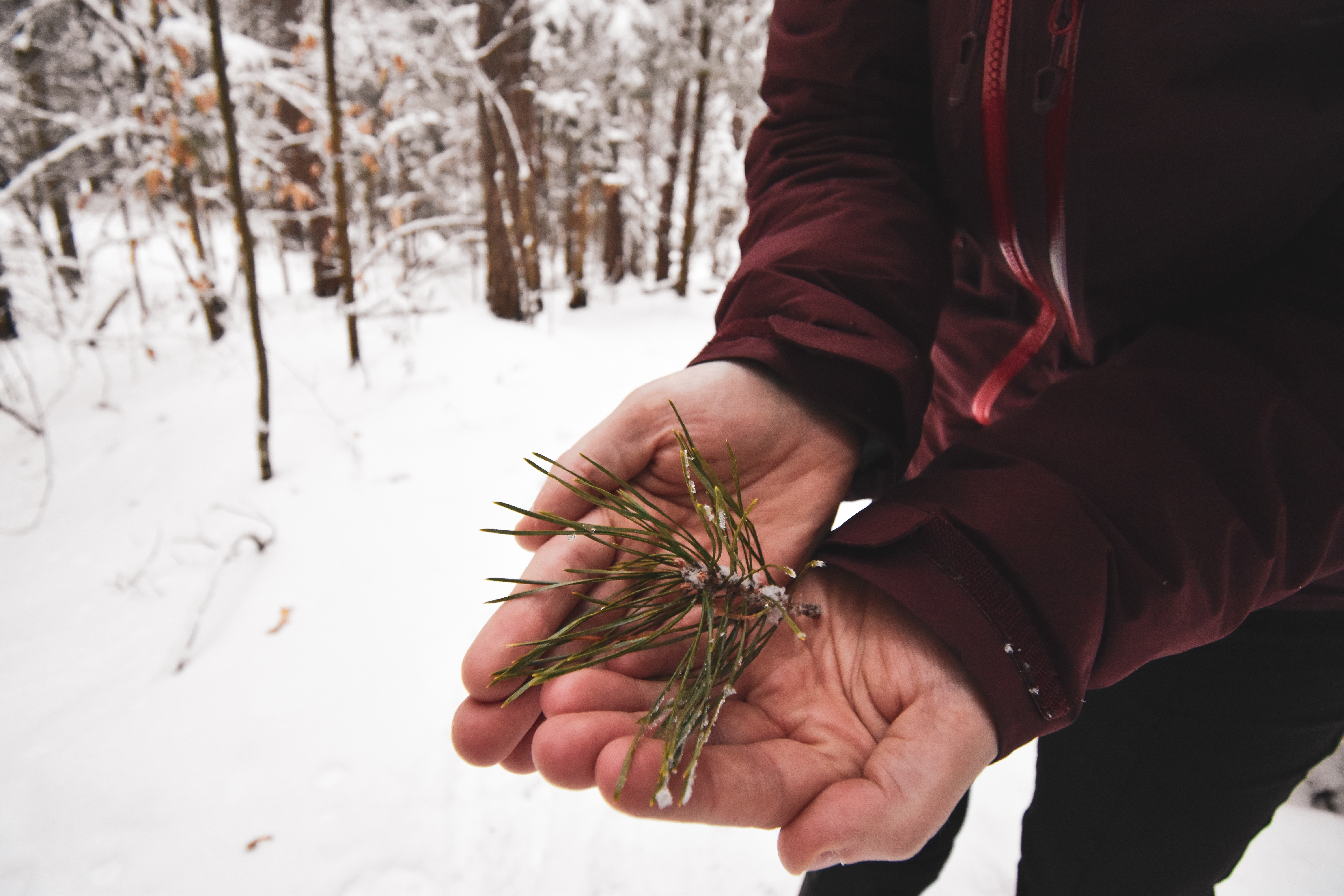
When we started out, it was a mild day for winter. There was some sun and the woods were covered in snow. The group donned snowshoes and headed for the trees. Helene’s years of practice and passion shone through as we slowly made our way deeper in the forest. She's the perfect fit for a forest bathing guide: she has been teaching yoga, meditation, and wellness for over 20 years. For me, one of the most surprising things about my forest bathing experience was how friendly of an activity it is for all ages. Our group consisted of three adults and five children. We wandered through the woods, stopping to do exercises that highlight all the smells, sights, and sounds we were experiencing. Children who are naturally inquisitive will delight in connecting with the forest and adults will equally enjoy this “bath.” Helene, with her soothing voice, invited us to close our eyes. We smelled the winter air. We listened to birds sing. We even tasted balsam needles: at the end of our trip, Helene made us all forest tea by steeping fallen needles in hot water. Nothing is harmed in forest bathing; in fact, Helene practices Leave No Trace ethics and hands participants info cards on the subject on their way out. In the end, everyone said they felt calm and centered.
Tips
Here are some tips to heighten your winter forest bathing trip:
- Keep an open mind. This may seem like the latest fad, but it’s grounded in years of research.
- Leave the technology behind. Cell phones and cameras can distract from your experience.
- If children come along, encourage them to use their senses and think outside the box. One of the children who joined us on our forest bathing trip said she would never forget her experience for the rest of her life. This is a great way to make memories!
- Bring layers! This can be said for all outdoor activities, especially in winter, but going on a guided forest bathing walk involves periods of movement and stillness. You may get hot or cold depending on what the group is doing.
- For COVID-19, Adirondack Forest Bathing has taken numerous steps to ensure everyone's health. This year, you can pay online at their website, and there will be no mixed groups - meaning you'll only do bathing trips with those in your own party.
If you’re ready for your restorative vacation in Saranac Lake, book a stay now! Maybe combine forest bathing with a trip to a spa and a good meal. It’s time to relax and unplug.
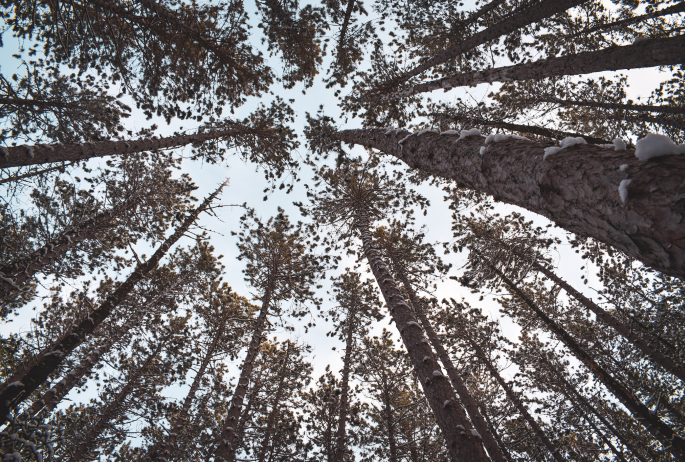
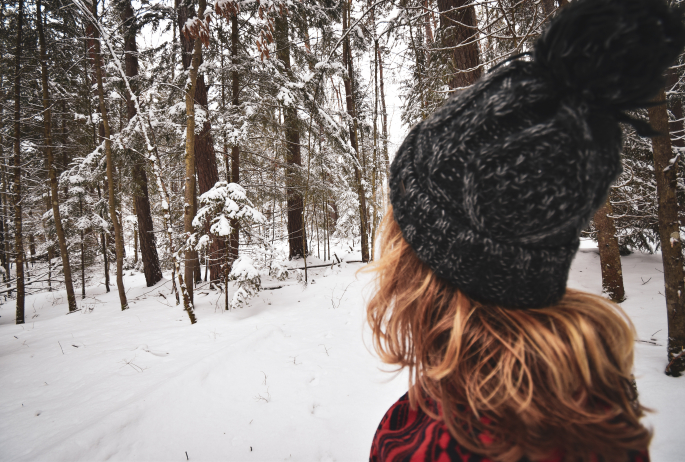
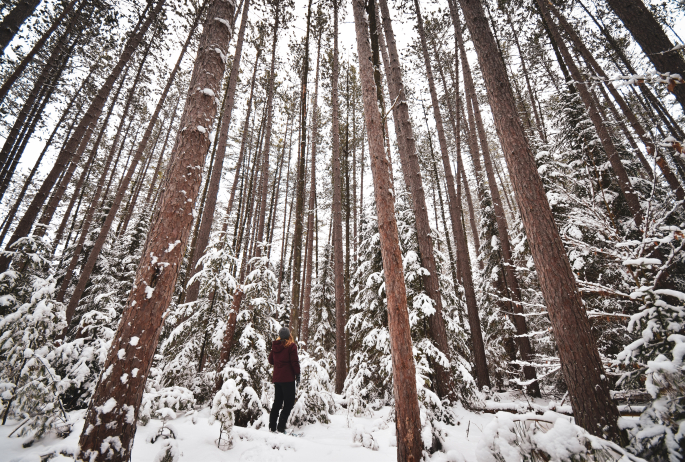
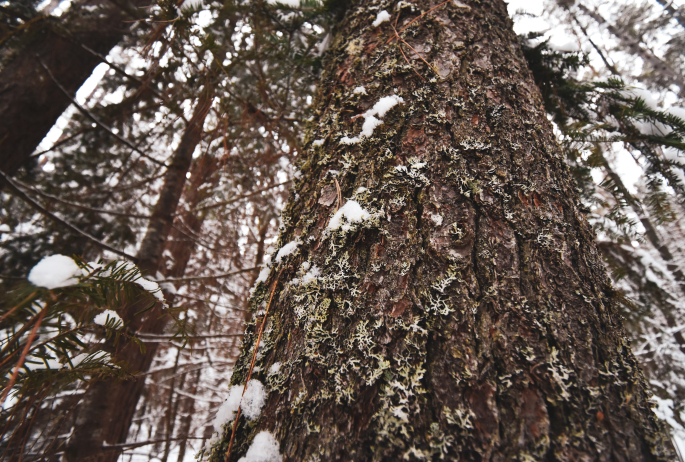
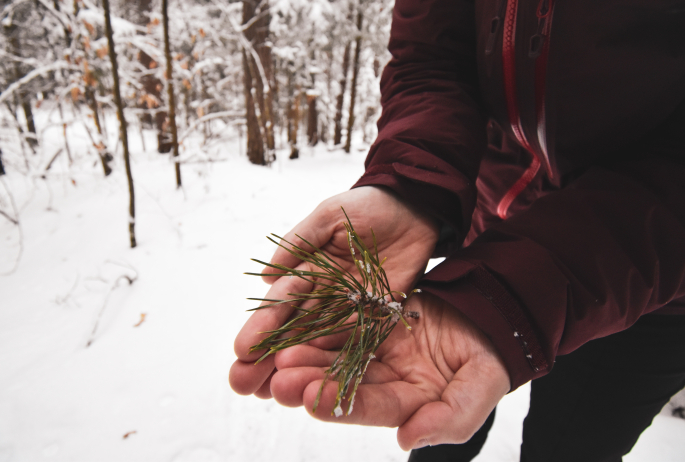
Packages and Promotions
Valid Jan. 21
- Jan. 21
Valid Jan. 21
- Jan. 21
Stay and Dine
Voco Saranac Lake
Receive a 50 dollar credit per stay to use in our Boathouse Saranac Lake Pub. Enjoy an exceptional dining experience with unparalleled views great...
